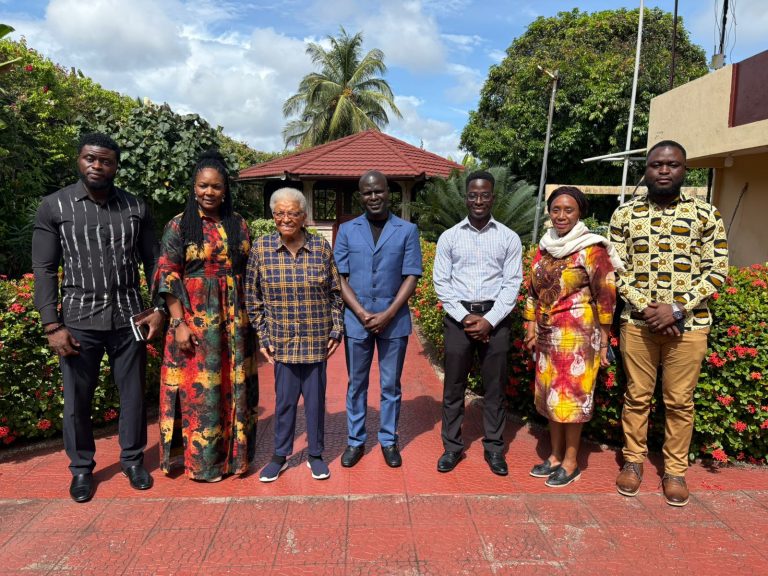Posts Categories
Latest Posts

Monrovia, Liberia — October 17, 2025: The Environmental Protection Agency of Liberia (EPA) has completed a coastal erosion and flood vulnerability assessment for the Ellen Johnson Sirleaf (EJS) Center for Women and Development along the JFK–Bernard’s Beach corridor in Sinkor, Monrovia.
Conducted at the request of former President Ellen Johnson Sirleaf, the assessment evaluates exposure to shoreline erosion, storm surge, sea-level rise, and drainage challenges. It provides data-driven recommendations to inform climate-resilient planning, design, and site management.
Key findings
- Site elevation: Approximately 14–20 feet above sea level, yet highly exposed to storm surges, sea-level rise, and drainage constraints linked to wetland encroachment and informal settlements.
- Shoreline change: An estimated 2.9 meters of shoreline retreat between 2008 and 2023 along this coastal stretch.
- Forward risk: Without intervention, erosion could increase by up to 66% by 2100.
- Risk rating: High Risk, with a Composite Risk Index of 3.35.
- Social problems including drug use along the coastlines
Priority recommendations
- Maintain a minimum 50-meter coastal setback.
- Adopt deep foundation systems and climate-resilient structural designs.
- Upgrade and reinforce on-site and neighborhood drainage networks.
- Restore and protect wetland and dune vegetation as natural buffers.
- Strengthen waste management and enforce land-use regulations to curb unplanned development.
Implementation approach
The EPA proposes a five-phase plan: preparatory works and approvals; drainage improvements; integration with construction; ecosystem restoration; and long-term monitoring and compliance. The Ministry of Public Works (MPW), Monrovia City Corporation (MCC), and the Liberia National Police (LNP) are identified as key partners for coordinated execution and enforcement.
The EPA notes that the site is not in immediate danger of marine flooding; however, sustained management, adherence to setbacks, and coordinated enforcement are essential to prevent future impacts. The assessment aligns with Liberia’s National Adaptation Plan (NAP) and Coastal Vulnerability Framework. It is intended to guide the EJS Center as a model of climate-resilient infrastructure in West Africa.
For Media inquiries, please contact:
EPA Media and Corporate Communications
Environmental Protection Agency of Liberia
Email: info@epa.gov.lr
